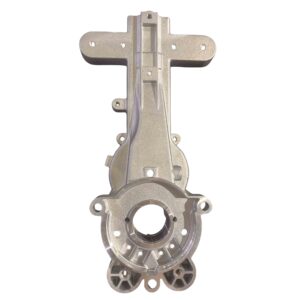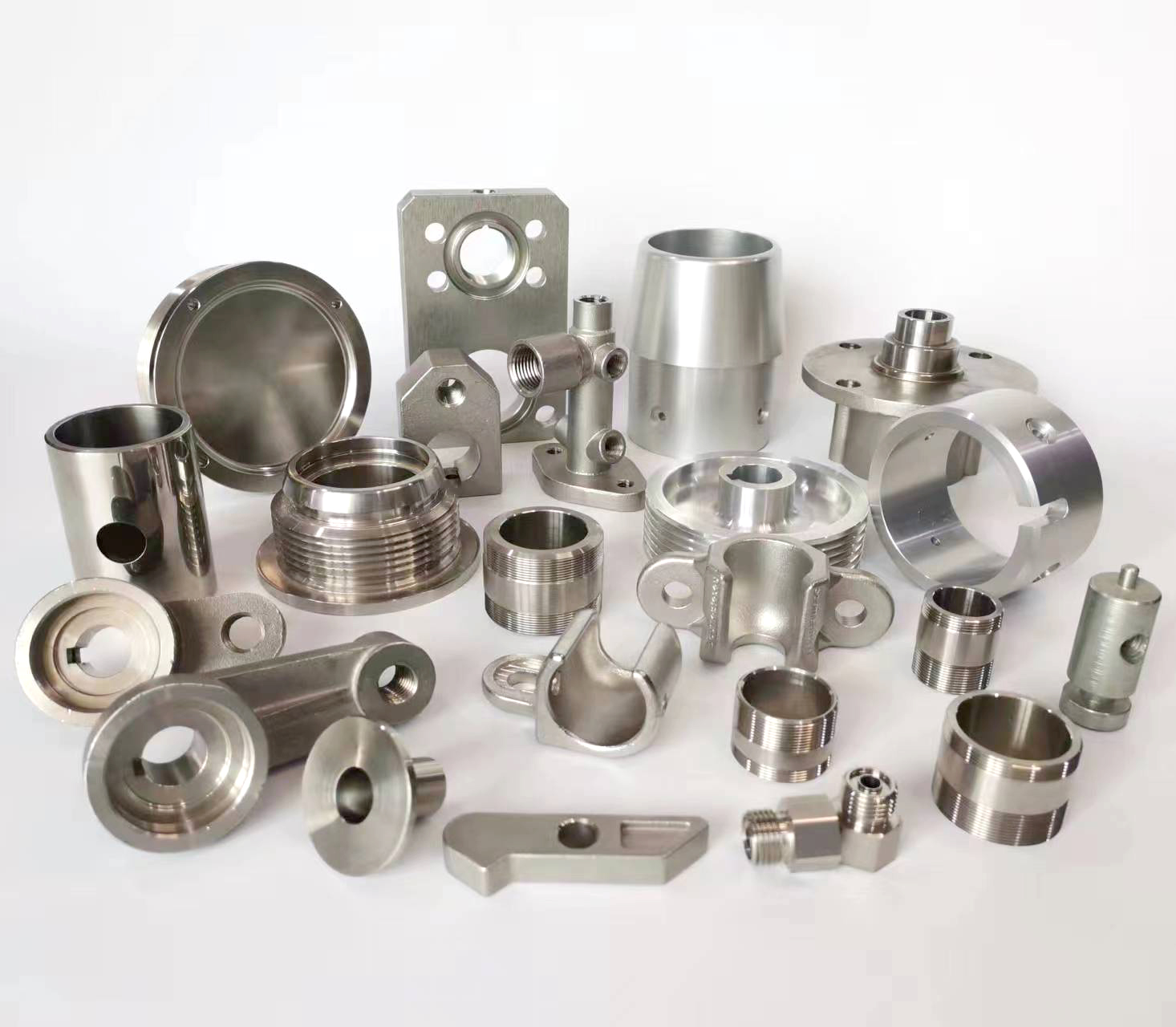Laser welding vs MIG welding
Laser welding has an extremely low heat input, allowing for precise welding with minimal deformation and an aesthetically pleasing finish. In contrast, MIG welding involves wires that act as both the electrode and filler metal, requiring continuous energization and melting. Therefore, the overall heat input is relatively high, which can easily cause workpiece deformation, and the smoothness and appearance of the weld are not as good as those of laser welding. However, MIG welding offers greater process flexibility and is especially suitable for welding thicker materials.
Laser welding vs ARC welding
ARC welding equipment is simple and lightweight, and can be used as soon as it is powered on, making it very suitable for outdoor work. However, ARC welding requires higher technical skills from operators, so the welding quality and results may vary. Laser welding, on the other hand, has a high degree of automation and controllable precision, offering greater advantages in welding quality and efficiency compared to ARC welding.
Laser welding vs TIG welding
TIG welding uses a tungsten rod with an extremely high melting point and no consumables as an electrode, and fills the weld seam with a separate filler wire. This produces clean, beautiful, and high-quality welds. However, the welding speed is very slow and the welder’s skills are extremely high, making it less efficient and cost-effective than laser welding. However, for difficult-to-weld thin metal sheets or joining dissimilar metals, TIG welding is a more mature and reliable process.






